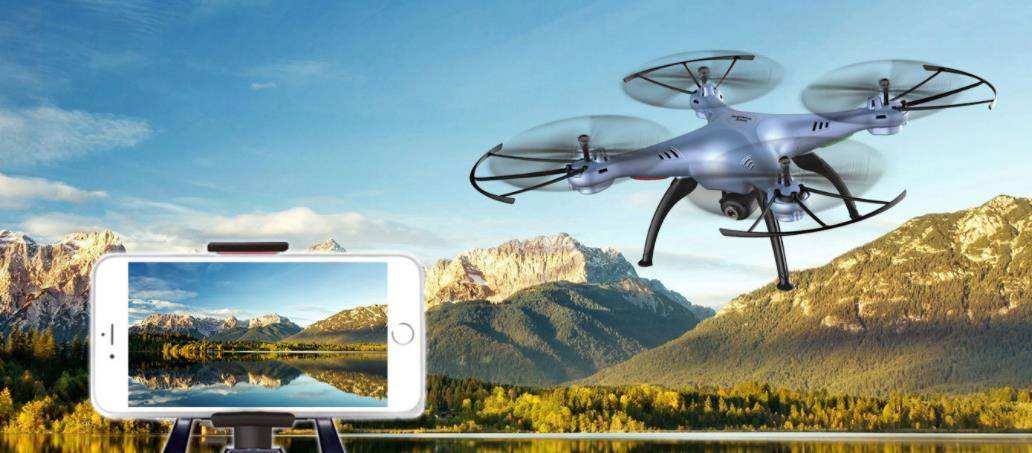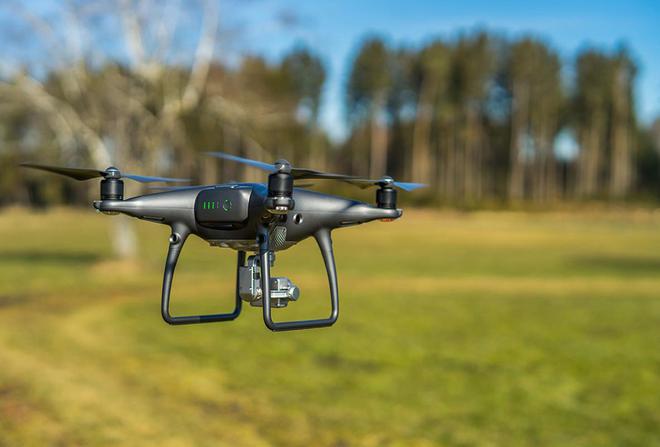Flying drones has become a popular pastime and a crucial tool in various industries, but it’s vital to understand the FAA drone regulations to ensure safe and legal operations. The Federal Aviation Administration (FAA) imposes rules to govern how drones are used commercially and recreationally. Grasping these regulations can prevent legal mishaps and enhance safety during flight.
To begin, the FAA mandates that all drone operators must register their unmanned aircraft systems (UAS) if they weigh more than 0.55 pounds. This registration is essential for accountability and can be completed easily online. Additionally, there’s a distinction between commercial and recreational drone usage, each with its own set of rules and requirements.
Recreational Drone Use
For recreational use, drone pilots must adhere to several guidelines. They must fly their drones below 400 feet, maintain a line of sight with the aircraft, and avoid flying over people. It’s also prohibited to fly near emergency response efforts, such as those concerning wildfires. Flying within a 5-mile radius of an airport requires notifying the airport and control tower.
Commercial Drone Use
Commercial operators, on the other hand, must obtain a Remote Pilot Certificate from the FAA. To get this, pilots need to pass the FAA’s Aeronautical Knowledge Test. Furthermore, commercial drones must follow a stricter set of guidelines, including avoiding operating at night, unless granted special permission. These rules are in place to ensure public safety and effective airspace management.
Part 107 Rules
Many commercial drone activities fall under Part 107 regulations. These rules encompass aspects like not exceeding speeds of 100 mph and maintaining a minimum weather visibility of three miles. Adhering to these conditions is crucial for lawful and safe drone operations.
The advent of FAA drone regulations has also brought about significant changes regarding airspace classification. Operators must understand that certain locations might be restricted, and obtaining airspace authorization is often required. Using tools like the LAANC system can expedite this process, providing quicker access to controlled airspace.
has also brought about significant changes regarding airspace classification. Operators must understand that certain locations might be restricted, and obtaining airspace authorization is often required. Using tools like the LAANC system can expedite this process, providing quicker access to controlled airspace.
Updating the Regulations
The FAA regularly updates its rules to accommodate technological advances and emerging industry needs. These adjustments can have implications for both new and experienced drone operators. Keeping up with these changes ensures compliance and optimizes the safety of your drone flights.
Frequently Asked Questions
What happens if I fly my drone without registering it?

Flying an unregistered drone is illegal and can result in fines up to $27,500. Additionally, flying without adhering to FAA guidelines can create safety hazards.
Can I fly my drone at night for commercial purposes?
Yes, but only with special authorization from the FAA. Night operations require additional safety measures like anti-collision lighting.
Do hobbyist drone pilots need to pass the FAA Aeronautical Knowledge Test?
No, the test is required only for commercial pilots seeking a Remote Pilot Certificate. However, understanding the basic rules is recommended for all operators.